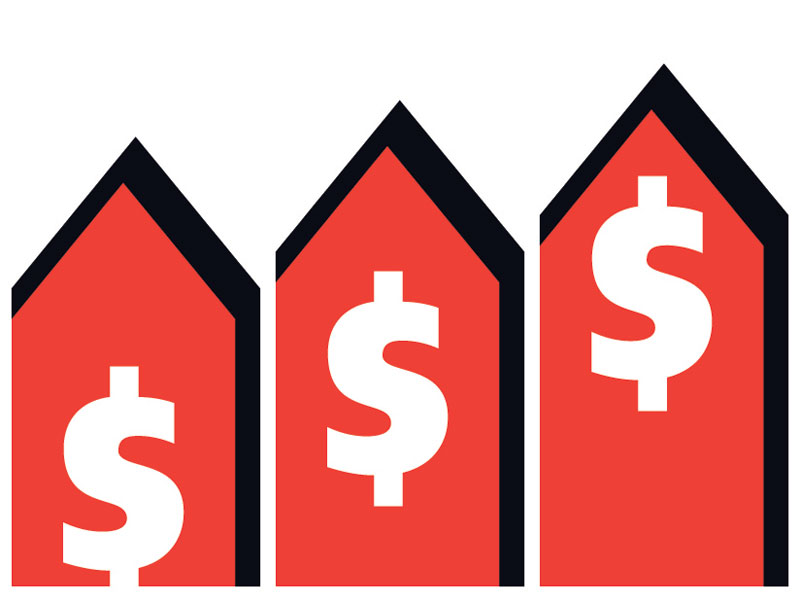
This article appears in the 2023 ETF Guide issue of Investment Executive. Subscribe to the print edition, read the digital edition or read the articles online.
A client’s expected timeline to purchase a home should be their primary consideration when deciding how to invest in a tax-free first home savings account (FHSA), advisors say.
If the client expects to buy a home within a few years of opening the FHSA, they’d be well advised to restrict themselves to investing in safe and liquid vehicles.
Clients actively searching for a home “really shouldn’t be taking any risk at all,” in their FHSA, said Aaron Hector, private wealth advisor with CWB Wealth in Calgary.
FHSA holders already benefit from the tax deduction on contributions to the account and from the tax-free withdrawal available when they purchase an eligible home. For clients with shorter timelines, growth in the account is of secondary importance to ensuring money saved for a down payment is there when they’re ready to buy.
“You don’t want to have that dream house come up and you need your money, and all of sudden you’re in a situation where the market has gone down 20% and you’re selling at a loss,” Hector said.
FHSA holders with shorter timelines should consider investing in redeemable GICs, high-interest savings account ETFs or other cash-like investments.
Erik Wachman, financial planning advisor with CI Assante Wealth Management in Mississauga, Ont., said some of those high-interest savings holdings are paying about 5% net interest, “which is not insignificant” and essentially guaranteed.
“If your timeline is short and you’re looking at properties, that is really the only approach I would take,” Wachman said. “Any more risk than that, you are essentially rolling the dice.”
However, if a client’s expected timeline is longer — anywhere from five to 15 years, the maximum length of time an FHSA can remain open — they may consider directing part of their assets into riskier investments to better capitalize on the tax-free withdrawal from the new accounts.
“If a home purchase is not even remotely on the radar — you’ve got potentially 10-plus years — you could probably afford to have a reasonable amount of growth prospects inside the investment portfolio,” Hector said.
Naveed Mohammed, managing director and head of investment manager research with BMO Private Wealth in Toronto, said clients are likely to find building an FHSA portfolio challenging if using individual stocks.
“You’ve got a lower asset threshold [in the FHSA], so you can’t get properly diversified,” he said. “I do think pooled vehicles are likely going to be the best opportunity in these accounts.”
Clients should also avoid investments such as alternatives that may have limited liquidity, he said.
Instead, Mohammed recommended that clients interested in including growth in their FHSA portfolio consider broad-based funds, such as ETFs that track the S&P 500 or the S&P/TSX composite index.
Another possible investment idea for FHSA holders with a longer timeline is a target-date fund, Mohammed said: “It’s actually a pretty easy way to [invest in an FHSA] because you will have your risk declining automatically within that portfolio, as long as the fund is relatively liquid, which most of these products are.”
As the client gets closer to buying a home, they should start reducing risk, Mohammed said. He suggested global dividend ETFs that “provide really consistent returns over a period of time with a little bit lower volatility.”
Finally, as the client closes in on a purchase, they may consider moving into a money-market instrument or a daily-limit, market-neutral ETF or mutual fund, Mohammed said.
Even risk-tolerant clients with longer timelines should build a buffer within their FHSA portfolio, Wachman said, as it’s not uncommon for clients with no immediate plans for buying a home to change their minds and accelerate the decision to make a purchase.
The FHSA has “the most variability of any of the [registered] accounts in terms of when you think you’ll withdraw the capital,” Wachman said. “Whether that’s your life circumstance, your job, your partner, your child, market dynamics, if interest rates start going up even more and [housing] prices start coming down — maybe that changes the opportunity [to purchase a home] a little bit sooner.”
For those clients who open an FHSA with no intention to buy a home, a more aggressive approach to investing may be appropriate if it fits their risk profile and overall financial plan. Assets held in an FHSA not used to purchase a home can be transferred to an RRSP without tax consequences or can be withdrawn as taxable income.
For a client “who’s just using [the FHSA] as basically another way to get additional RRSP [contribution] room, mimicking what your investment approach is in your RRSP or in your TFSA would make sense,” Hector said.